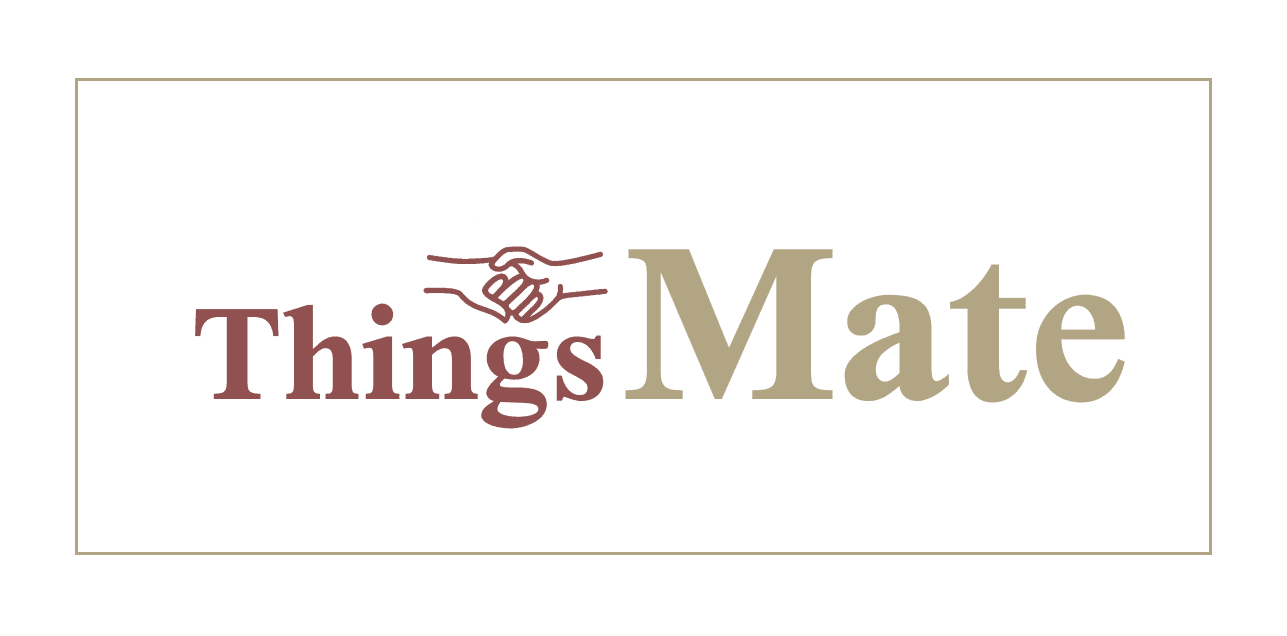When diversifying an investment portfolio, individuals often look beyond traditional stocks and bonds. One such option gaining traction in recent years is the Gold Individual Retirement Account (IRA). Here's an illuminating dive into what Gold IRAs are, their distinct types, and a simple guide on how to venture into one.
What are Gold IRAs?

Zlaťáky.cz / Pexels
Gold IRAs, as the name suggests, are retirement accounts that allow for the inclusion of precious metals, predominantly gold. Just like traditional IRAs, which allow individuals to invest pre-tax dollars to accumulate wealth for retirement, Gold IRAs function in a similar manner. The significant difference, however, is that instead of paper assets or traditional securities, these IRAs hold physical gold or other approved precious metals.
It’s vital to understand that the IRS has stringent requirements on the purity of the gold or metals being deposited. It's not just about collecting gold coins or jewelry. The gold should typically be bullion bars or coins that meet specific fineness standards. Also, specific institutions or custodians handle the storage and transactions of these metals, ensuring their safety and authenticity.
Types of Gold IRAs
There are two primary categories: Traditional and Roth Gold IRAs. The Traditional Gold IRA works like a standard Traditional IRA – contributions may be tax deductible, and taxes on gains are deferred until withdrawals are made during retirement. On the other hand, the Roth Gold IRA operates like a Roth IRA, where contributions are made with after-tax dollars, but withdrawals during retirement are typically tax-free.
Another point of differentiation arises from the metals included in the IRA. While it's called a "Gold" IRA, these accounts can also hold silver, platinum, and palladium. Each metal has its own set of guidelines, especially concerning purity, making it essential to understand these details when considering diversification within the Gold IRA itself.
How to Get into Gold IRA: A Step-by-Step Guide
Research and Choose a Reputable Custodian

Andrea Piacquadio / Pexels
Begin by selecting a trusted financial institution that offers Gold IRA services. Look for reviews, check their track record, and ensure they have proper licensing and insurance.
Open an Account
Similar to any other IRA, fill out the necessary paperwork to initiate the account. This often involves providing personal information and setting up funding details.
Fund the Account
Transfer money into the Gold IRA. This can be done either through a direct transfer or a rollover from an existing retirement account.
Select the Precious Metals

Michael Steinberg / Pexels
Once funded, choose the type of gold or other precious metals to purchase. Ensure these metals meet the purity requirements set by the IRS.
Storage
The custodian will then store the purchased metals in an IRS-approved depository. Some institutions offer a choice between segregated or commingled storage.
Regular Monitoring and Adjustments

artursafronovvvv / freepik
Just like other investments, it's vital to keep an eye on the performance and make adjustments as necessary.
Pros and Cons of Gold IRAs
Pros: One of the primary advantages is diversification. Gold and other precious metals typically move inversely to traditional stocks and bonds, providing a hedge against market volatility. Gold is also seen as a long-standing store of value, protecting against inflation and economic downturns. Additionally, it offers all the tax benefits associated with standard IRAs.
Cons: However, Gold IRAs are not without their pitfalls. They tend to come with higher fees than traditional IRAs. Since gold doesn't yield dividends or interest, there's a reliance purely on price appreciation for gains. There's also the issue of storage fees, given that gold is a physical asset that needs to be securely stored.
Fees

wirestock / freepik
Gold IRA fees vary widely depending on the custodian and the amount of investment. Typically, investors can expect:
Initial Setup Fees: This one-time fee covers the cost of setting up the new IRA.
Annual Administrative Fees: A recurring fee for managing the account.
Storage Fees: This is charged annually and varies based on whether the metals are stored in a segregated or commingled fashion.
Transaction Fees: Some custodians may charge a fee for buying or selling precious metals.
To sum up, a Gold IRA offers a unique way to diversify a retirement portfolio and hedge against economic uncertainties. However, as with any investment, it’s crucial to do thorough research, be aware of all associated fees, and consult with financial advisors before making any decisions.
show more






















